The lack of materials represents a significant additional burden for teachers of children with special educational needs (SEN). To help them save time, at NeuronUP we propose 7+1 activities for children with special educational needs developed to help them reach a greater level of self-sufficiency and success at school and in their daily lives.
To ensure the quality of special education services and meet the numerous needs in their classrooms, teachers must invest a considerable amount of time adapting lessons and materials to their students.
In fact, what makes the role of the special education teacher particularly challenging is the number and diversity of needs in a classroom. Teachers must address not only their students’ academic needs but also communication, behavioral and physical needs, among others. However, special education teachers often work without appropriate materials to meet these needs.

Subscribe
to our
Newsletter
Activities for children with special educational needs
Below you will find 7 activities for children with special educational needs carried out under the principles of ecological validity and generalization, with the aim of unlocking students’ potential by addressing their special needs through cognitive stimulation activities in the classroom.
In addition, you can customize and adapt the activities to each student’s needs and abilities, thereby increasing their motivation and performance.
1. Word Fishing
First, the activity we present for working with children with special educational needs is Word Fishing.
What does it involve?
In this game children must form words by placing syllables or single letters in the correct order.
We show you an example in the following video:
What does this activity work on?
- Working memory,
- vocabulary,
- hemineglect.
Play by levels
In addition, it is divided into six difficulty levels. Children will automatically move up or down levels based on their correct or incorrect answers.
Activity customization
You can customize this activity to meet each child’s individual needs and abilities, allowing you to set general characteristics and parameters.
Parameters
On one hand, you can select:
- Number of bubbles,
- movement of the elements,
- type of division: syllables or letters.
- maximum number of errors.
General settings
On the other hand, you can adjust general characteristics such as the number of exercises, the maximum time, whether or not you want a visible timer for the activity and an inactivity warning, or you can modify the instructions.
2. Who raised their hand?
What does it involve?
In this activity children must remember the order in which classmates raised their hands to ask for a turn to speak and reproduce it.
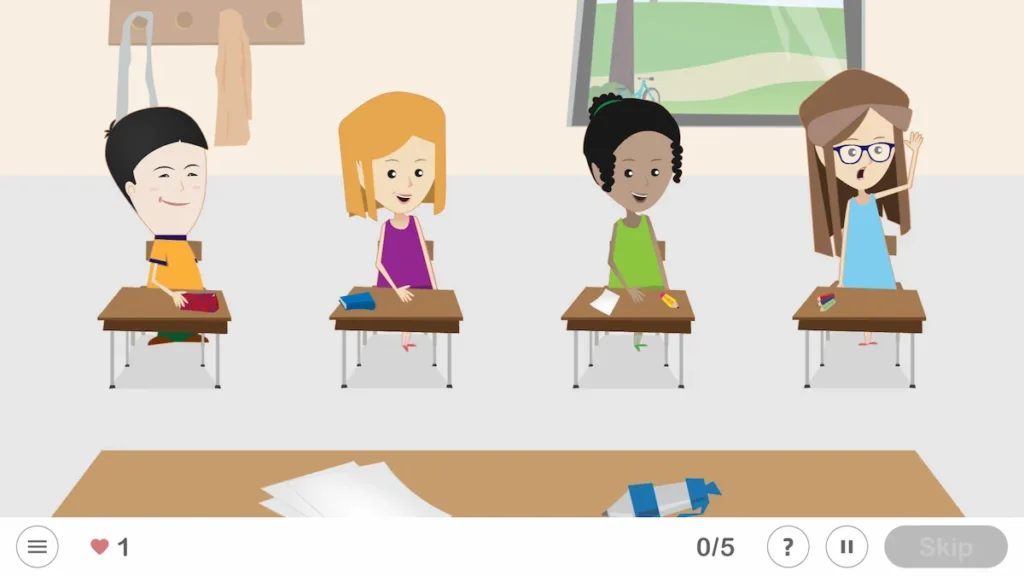
What does it involve?
This activity for children with special educational needs works on working memory and episodic memory.
Play by levels
This exercise has nine difficulty levels.
Activity customization
You can customize this activity and set the general characteristics and parameters.
Parameters
You can select:
- Sequence length,
- memorization time (sec),
- number of elements.
General settings
You can adjust general characteristics such as the number of exercises, the maximum time, whether or not you want a visible timer for the activity, the number of attempts and an inactivity warning. You can also modify the instructions if you wish.
3. Pack your Backpack
This daily living activity consists of preparing the backpack for school, selecting only the objects necessary for that day of class.
The aim of the game is for children with special educational needs not to forget anything, but also not to put things in the backpack that they will not need.

What does it involve?
This exercise works on planning, selective attention and education.
Play by levels
In addition, it is divided into six difficulty levels.
Activity customization
Likewise, in this ADL you can customize the game.
Parameters
- Number and type of subjects,
- cues: visible, hidden or none,
- distractors: related, unrelated, all or none,
- maximum errors.
General settings
You can choose general characteristics such as the number of exercises, the maximum time, whether or not you want a visible timer for the activity and an inactivity warning. Or you can modify the instructions.
4. Pocket Money
What does it involve?
This special educational activity consists of selecting the requested amount of money.
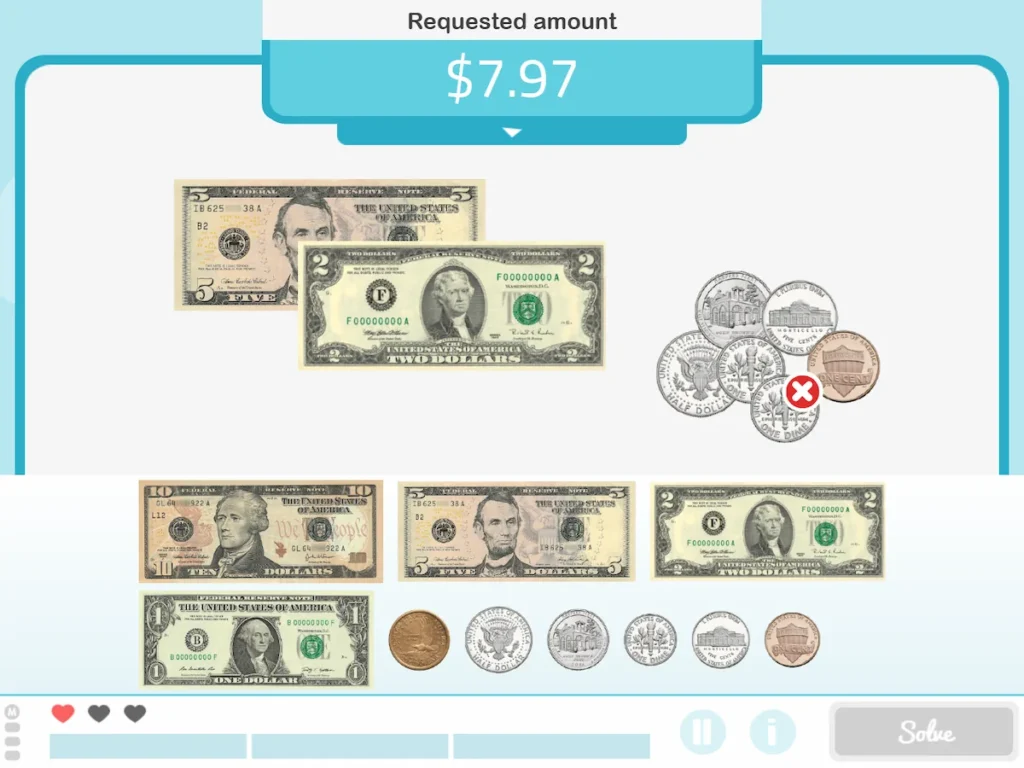
What does this activity work on?
- Planning,
- working memory.
- shopping.
Activity customization
Parameters
- Currency type,
- type of amounts: integers or decimals.
- range of amounts,
- largest bill/coin
General settings
You can configure general characteristics such as the operation (correction mode or free and maximum allowed errors), the maximum time, whether or not you want a visible timer for the activity and an inactivity warning. You can also modify the instructions if you wish.
5. What is the best thing to do?
What does it involve?
This exercise consists of analyzing a situation and seeing which would be the correct way to behave in it.
Life is full of choices and it is not always easy to make the right one. For this reason, by showing different cases adapted to reality and giving them several behavioral options, we teach children to question various aspects of the situations they may encounter in their daily lives and to weigh the consequences of their decisions.

What does this activity work on?
This activity works on social cognition.
Play by levels
On the other hand, the activity What is the best thing to do? is organized into five difficulty levels: basic, easy, medium, hard and advanced.
Format
This worksheet is available in both digital and paper format.
6. Space Conquest
What does it involve?
In this space-themed game, children must jump between moving planets until they reach their final destination.
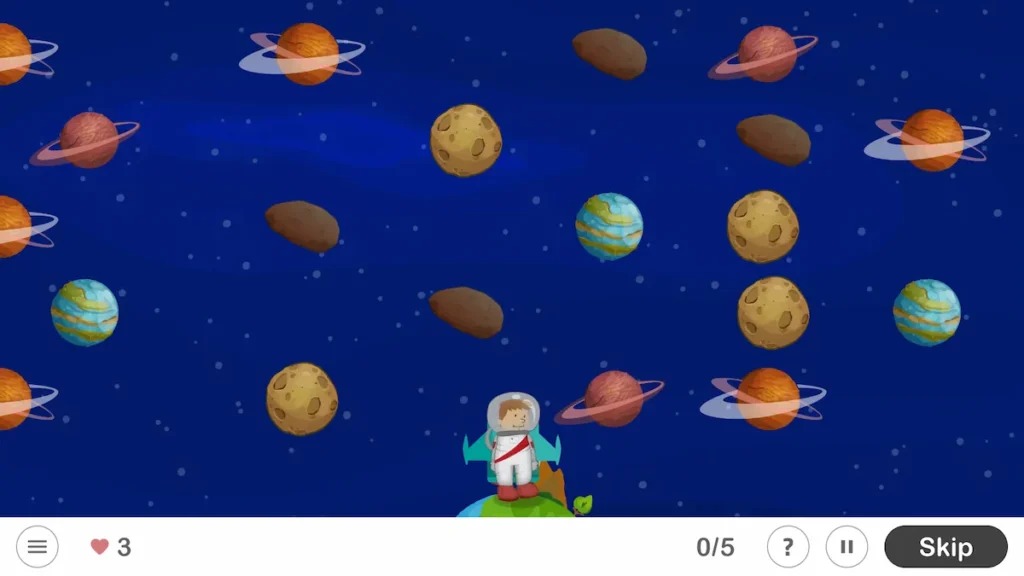
What does this activity work on?
- Spatial relations,
- sustained attention,
- inhibition,
- planning,
- processing speed.
Play by levels
In addition, it is divided into 12 difficulty levels
Activity customization
Parameters
- Speed,
- number of rows on the screen,
- number of total rows,
- format,
- distractors: none, some or all.
General settings
In this game, you can also adjust general characteristics such as the number of exercises, the maximum time, whether or not you want a visible timer for the activity, an inactivity warning and you can customize the instructions.
7. That’s Odd!
What does it involve?
This generator consists of classifying numbers as even or odd.
It is an activity for students with special needs to become familiar with numbers before learning to count.

What does this activity work on?
This activity works on semantic memory.
Activity customization
Parameters
- Number range: from 1 to 9,999,
- quantity of numbers,
- adaptability: whether the student has to drag or click to select the numbers.
General settings
In this generator you can configure general characteristics such as the operation (correction mode or free and maximum allowed errors), the maximum time, whether or not you want a visible timer for the activity and an inactivity warning. In addition, you can modify the instructions.
Format
This generator is available in both digital and paper format.
Extra activity for children with special educational needs: Hidden Code
Hidden Code is the last of the activities for children with special educational needs we propose today. Remember that you can find many more on NeuronUP.
What does it involve?
It consists of finding as quickly as possible the numbers that remain still among a group of numbers that are constantly changing.
What does this activity work on?
- Visual gnosis,
- selective attention,
- sustained attention,
Activity customization
Parameters
- Matrix size: number of rows/columns,
- number of immobile elements,
- distribution of the immobile elements: square, horizontal, vertical or random.
General settings
You can set the number of exercises, the maximum time, whether or not you want a visible timer for the activity and an inactivity warning, or you can modify the instructions if you wish.
Bibliography
- Fowler, S. A., Coleman, M. R. B., & Bogdan, W. K. (2019). The State of the Special Education Profession Survey Report. Arlington, VA: Council for Exceptional Children.
- National Center for Education Statistics. (2022). Students With Disabilities. Condition of Education. U.S. Department of Education, Institute of Education Sciences. Retrieved June 23, 2022, from https://nces.ed.gov/programs/coe/indicator/cgg
If you liked this post about 7+1 activities for children with special educational needs, you may be interested in these NeuronUP articles:
“This article has been translated. Link to the original article in Spanish:”
7+1 actividades para niños con necesidades educativas especiales
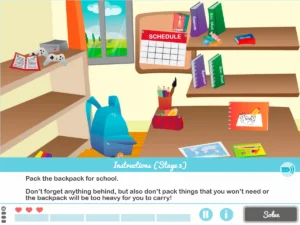

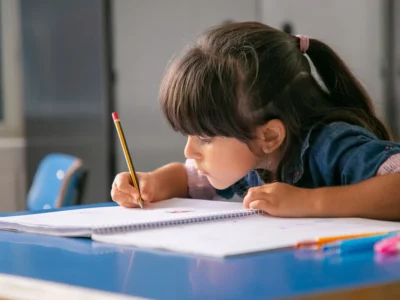
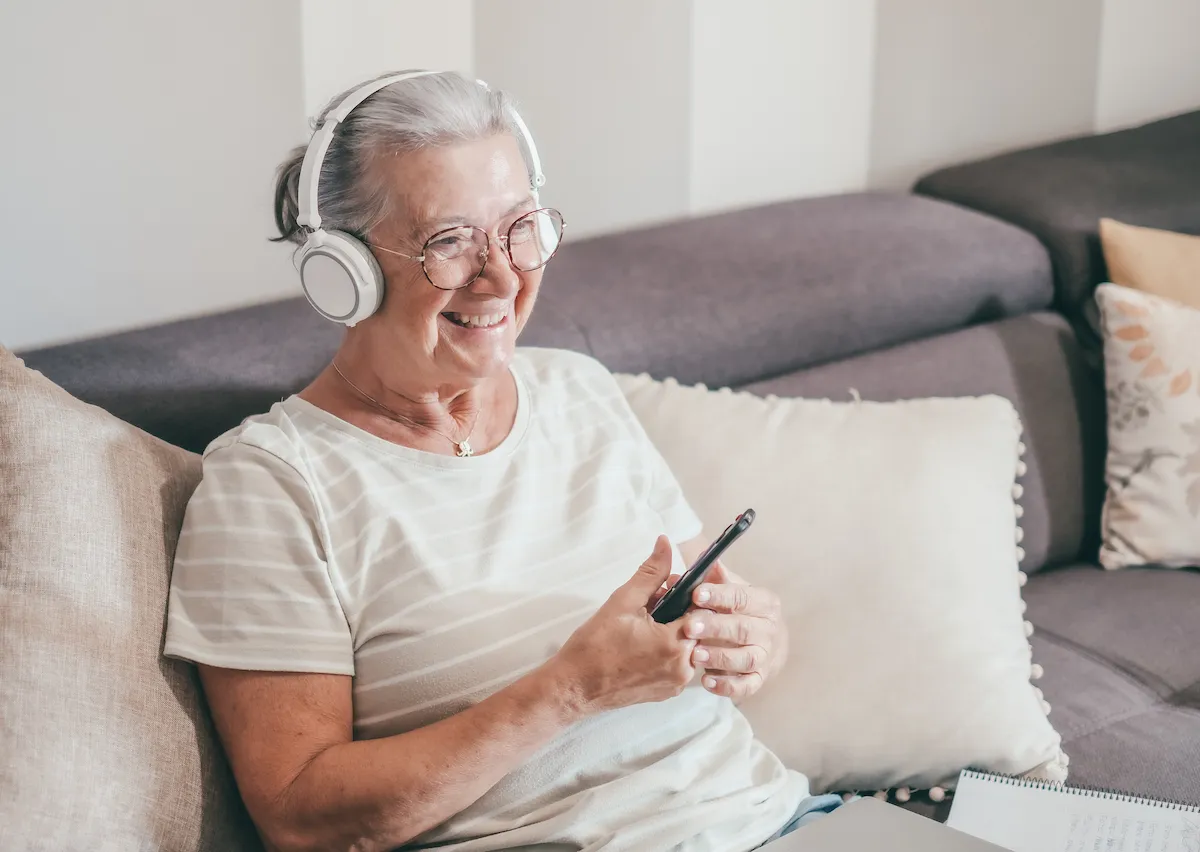
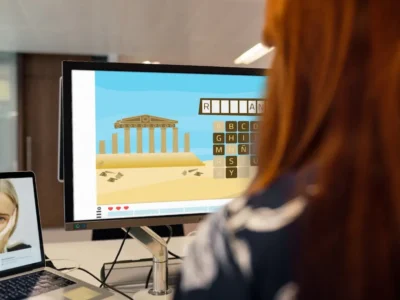

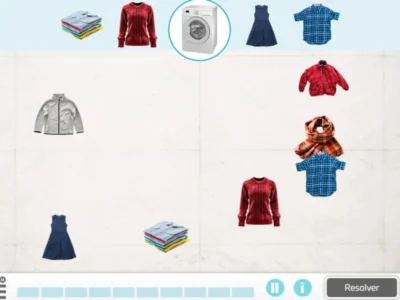
 7 Cognitive Stimulation Exercises for Older Adults
7 Cognitive Stimulation Exercises for Older Adults
Leave a Reply